Iconic For: Lip plates, body scarification, cattle herding
The Mursi are perhaps the most photographed and discussed tribe of the Omo Valley. Women traditionally wear large clay lip plates, inserted at adolescence to signify beauty and social status. While the origin of this practice remains debated some say it’s a mark of beauty, others say it was once a way to deter slave traders the tradition persists to this day.
Men often engage in ritual stick fighting, called Donga, where physical endurance and bravery are demonstrated in front of the community. The Mursi are deeply tied to cattle culture, which influences their wealth, marriage customs, and spiritual beliefs.
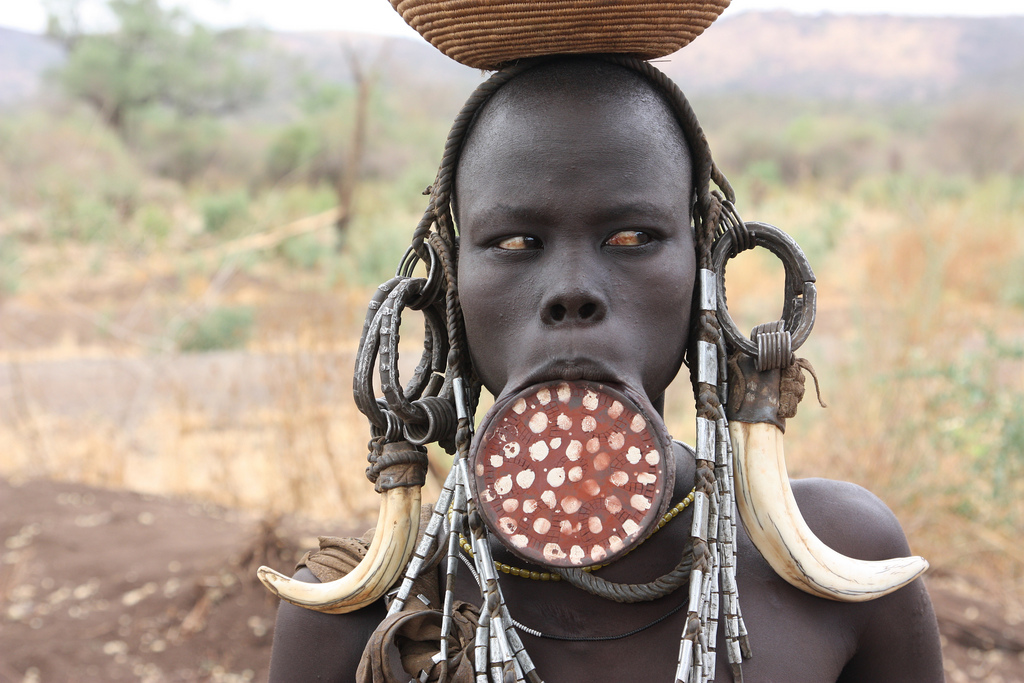
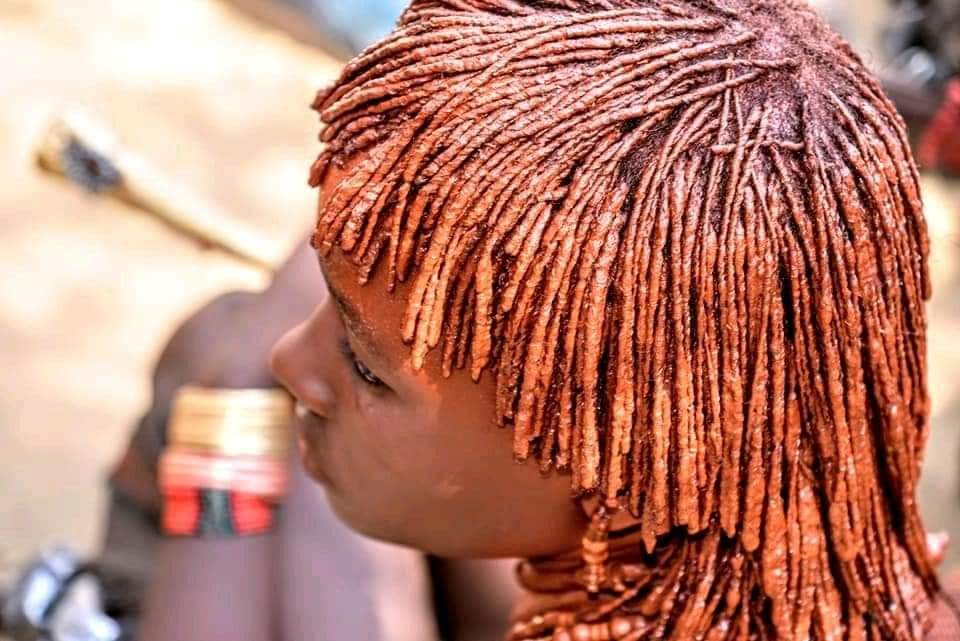
Famous For: Bull-jumping initiation, red ochre hairstyles, community dances
The Hamar people are known for their rich ceremonies and deep connection to livestock. Perhaps their most celebrated tradition is the bull-jumping ritual a rite of passage for young men transitioning into adulthood. The initiate must leap naked over a line of bulls multiple times to prove strength and readiness for marriage.
Women wear heavy, beaded necklaces and paint their hair with a mixture of red ochre, butter, and animal fat, creating intricate braids known as goscha. Music, dance, and storytelling are integral parts of Hamar social life, especially during celebrations and market days.
Renowned For: Artistic body painting, elaborate rituals, Omo River lifestyle
The Karo are the smallest tribe in the region, but what they lack in numbers, they make up for in artistic expression. Living along the banks of the Omo River, the Karo use white chalk, charcoal, and natural pigments to create exquisite body and face paintings for ceremonies and dances. These decorations often imitate birds, flowers, or sacred symbols.
They construct riverfront villages with thatched roofs and carved woodwork, offering panoramic views of the Omo River. Despite their small population, the Karo are proud, peaceful, and incredibly hospitable to visitors.
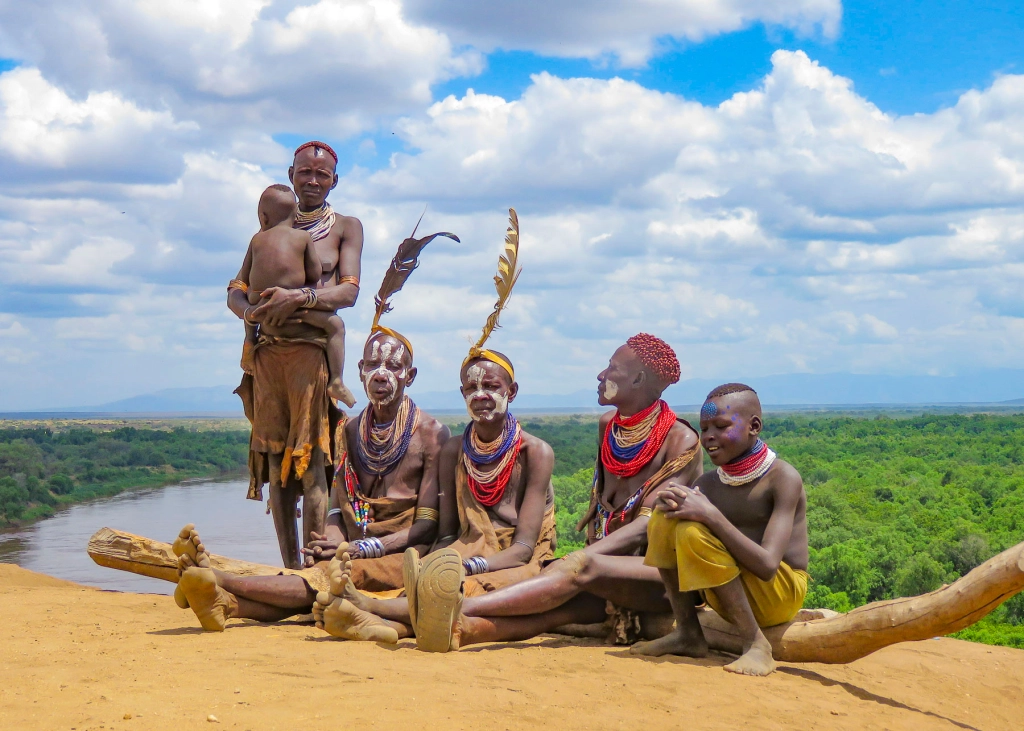
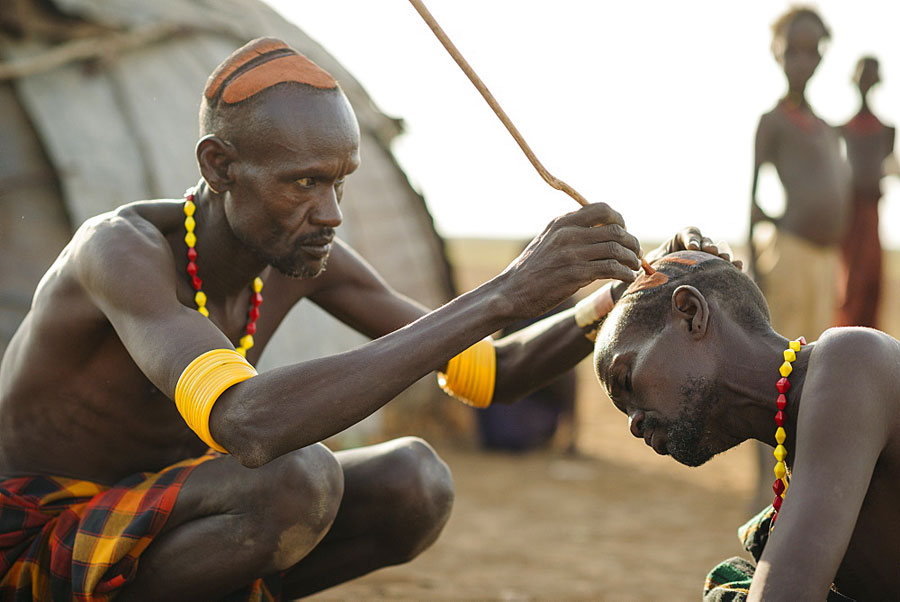
Known For: Adaptability, crocodile hunting, creative adornments
Living in one of the hottest and most arid regions of Ethiopia, near the shores of Lake Turkana, the Dassanech people are true survivors. Traditionally pastoralists, they’ve adapted to a mixed economy of fishing, agriculture, and even crocodile hunting.
Women of the tribe are particularly creative with their adornments often recycling bottle caps, shells, and metal into necklaces and headwear. Their ingenuity reflects the harsh environment they call home. Seasonal migration and traditional ceremonies are central to their way of life.
Known For: Ceremonial dances, cattle herding, social kinship
The Banna share many similarities with the Hamar in appearance and tradition. They wear leather skirts decorated with cowry shells and colorful beads. Their elaborate headbands and jewelry are not just aesthetic they often indicate marital or social status.
The Banna participate in many of the same ceremonies as their Hamar neighbors, including the bull-jumping ritual and celebratory dances. They are semi-nomadic herders and skilled conversationalists, eager to share stories of their ancestry and customs.

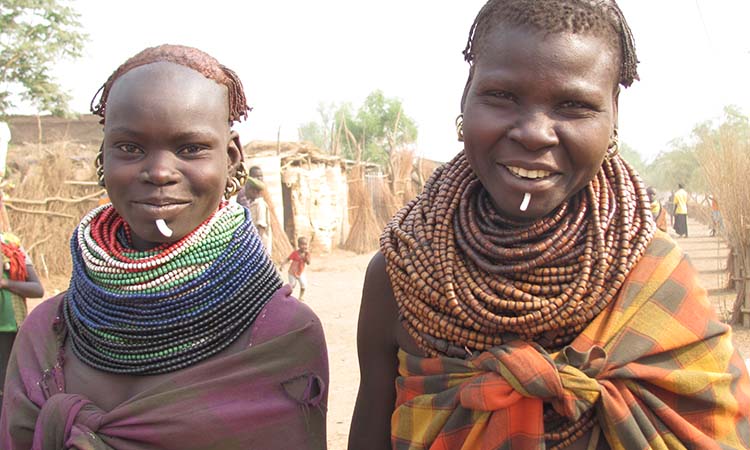
Known For: Nomadic lifestyle, multicolored beadwork, resilience The Nyangatom reside in the remote southwest of the Omo Valley, close to the South Sudanese border. They live in mobile dome-shaped huts, migrating seasonally with their cattle in search of water and pasture. Adorned in layered necklaces of vibrant beads, Nyangatom women are easy to recognize. Despite the challenges of arid climate and border conflicts, the tribe maintains strong communal ties, traditional music, and storytelling passed down for generations.
Famous For: Lip plates, stick fighting, floral headdresses
The Surma, closely related to the Mursi, are famed for their artistic expression and fierce athleticism. Both women and men paint their bodies with natural pigments, decorate themselves with flowers, and wear intricate jewelry made of copper and beads.
Their ceremonial stick fighting known as Saginé is more than sport. It’s a symbolic display of courage, strength, and tribal identity. These events are often accompanied by feasts and social gatherings.
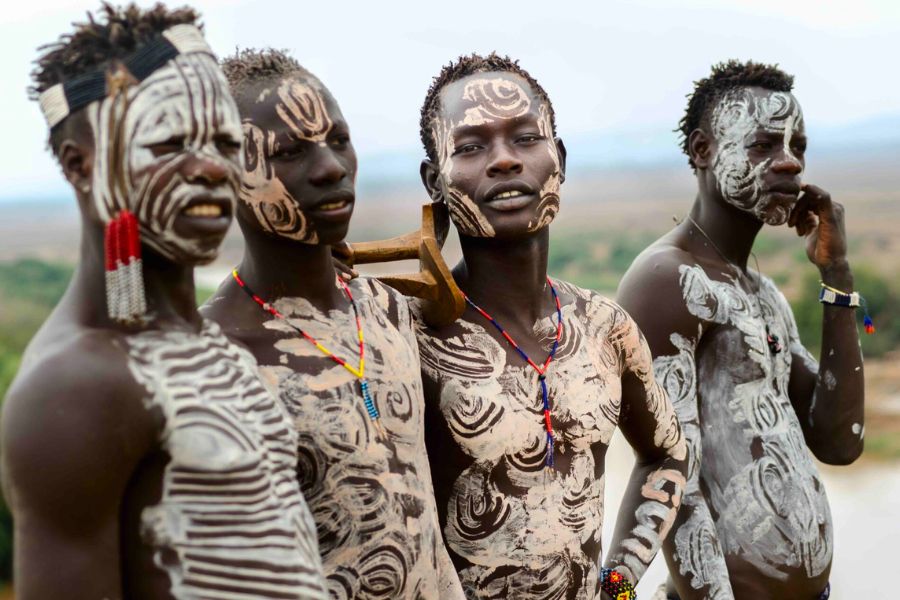

Unique For: Stone-walled villages, terraced farming, wooden statues (waka)
Though geographically just outside the traditional Omo Valley boundary, the Konso are worth a visit. Their villages are UNESCO-protected for their advanced terraced farming techniques and distinctive architectural layout.
The Konso are also known for creating waka wooden statues erected to honor deceased clan members. Their intricate social organization and respect for the land make them one of the most sustainable and structured societies in Southern Ethiopia.
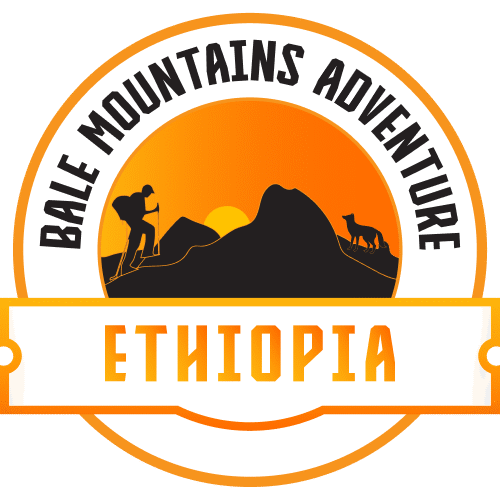
We don’t just show you Ethiopia we help you belong to it.
+251 91 225 5345
Dinshu, Bale Robe, Ethiopia
contact@balemountainsadventure.com
Designed by Skylight Technologies
WhatsApp us